When I moved to Baltimore five years ago, I never imagined that it was such a hotspot of inspired storytelling. I grew up in southern Maryland and never was privy to the true stories that inspired book like The Immortal Life of Henrietta Lacks and The Other Wes Moore, both recommended reading. (affiliate links)
By the time I left for college, it was well before the murder of Hai Min Lee and the subsequent conviction of her ex-boyfriend, Adnan Syed, for the crime. I didn’t even become aware of this Baltimore high school murder until I, along with millions of others, tuned in for the first season of Serial, a groundbreaking podcast series. After listening to Serial, I suddenly had this desire to visit all of the places mentioned in the podcast but never did.
It wasn’t until my sister recommended I tune in to the true crime Netflix documentary, The Keepers, that I followed through on my need to become immersed in this local story, 50 years after the fact.
The Keepers is an interwoven story beginning with the death of Sister Cathy Cesnik, a beloved nun and Catholic high school teacher in Baltimore who went missing on Nov. 7, 1969. Nearly two months later, her body was found – and, to this day, her murder remains unsolved.
But the seven-part series evolves to unravel the twisted world of sexual abuse at the hands of priests (namely Father Joseph Maskell – a name repeatedly mentioned throughout the documentary), police ineptitude at best, police cover up at worst, and the struggle for so many people to put their lives back together after such a traumatic time period.
If you’ve watched one episode, you’ve surely watched them all. The series is a bit like a train wreck. You want look away but you can’t. You’re disgusted and riveted at the same time. And ultimately, you want what all of us want – justice. Justice not only for Sister Cathy but for all those people who suffered at the hands of those they were supposed to trust.
Making it all more impactful was the fact that this story literally took place in my own backyard and I had to make myself feel like a part of the story for reasons I’ll discuss later on.
So I set out on a journey to find the places in the The Keepers that were significant to the story. I brought my sister along as my partner and sounding board as we set out to live the story of The Keepers.
The Story begins at St. Clement Church
Although the documentary starts in the late 1960s with the introduction of Sister Cathy as a teacher at Archbishop Keough High School in Baltimore, we started at the chronological beginning of the story with Dr. Charles Franz, the dentist who heartbreakingly recounted his time at St. Clement Church in Landsdowne, MD. Oddly enough, my brother thinks he may have actually been a patient of Dr. Franz many years ago.
Although I had never visited the area, it was just a short 4 mile drive from my sister’s house in southwest Baltimore. St. Clement is a beautiful church immersed in a working class neighborhood called Landsdowne and is situated just across from the Sisters Academy of Baltimore, an all-girls non-tuition middle school.
According to the church history, Father Joseph Maskell was an assisting priest from 1965 – 1966:
His official time as assistant was short since he moved on to another parish and served the diocese as a professional counsellor. Later, from 1970 to 79, Fr. Maskell took up residence in St. Clement’s. While continuing his counseling work, Fr. Maskell regularly celebrated the sacraments in the parish and was moderator of the Boy Scouts.
If you’ve seen the documentary, you remember Dr. Franz recounting his traumatic time visiting Father Maskell at the rectory and returning to the house where he was repeatedly abused. Although there’s no sign, I was able to locate the house featured in the documentary.
It was difficult to tell if the house was even occupied but I kept my distance anyway.
What astonished me most in visiting this site is how this particular house, and ONLY this house, seems to have been swallowed up by the natural habitat. It’s almost as if time were trying to reclaim this property and bury the memories.
Driving to Archibishop Keough High School
After his time at St. Clement Church, Father Maskell moved parishes and was eventually assigned to Archbishop Keough High School just two miles away in 1967.
Anyone in the Baltimore area knows this school. It’s a bit of a icon – a classic Catholic high school. Some knew it was Keough while other knew it as Elizabeth Seton but in more recent years it was known as The Seton Keough High School.
It’s literally right off of I-95 on your way in or out of Baltimore City and I’ve passed by it more times than I can count. But this was the first time I drove in to visit the school and for good reason. Not only is it a significant location in the documentary (it’s where both Father Maskell and Sister Cathy worked in the late 60s and where most of the sexual abuse took place) but it’s also closing permanently, not due to the documentary but due to rising costs and low enrollment.
I would imagine it’s a bittersweet ending for so many women who passed through the halls of Keough, although I’m sure many in this documentary will feel some closure.
The Home of Sister Cathy Cesnik
In addition to Keough, the Carriage House Apartments are prominently featured throughout the documentary. Situated about 3 miles away from the high school, a ground floor apartment was the residence of Sister Cathy and her roommate Sister Russell.
Just across the now-busy road from the apartments is a small road leading up to another apartment complex. It was here that we saw where Sister Cathy’s car was found after her disappearance.
It was easy to understand why she frequently parked here as it would have been easy to walk across the street and up the stairs into her apartment. As mentioned in the documentary, the entrance is now walled off street side, presumably for security reasons.
But this is one of the great mysteries of the documentary. Why did Cathy disappear and yet her car returned? Not only was her car found, but it was found in the same spot where she usually parked it.
Shopping in Edmondson Village
What we know from the documentary is that Cathy spent the last night of her life at Edmonson Village Shopping Center, less than two miles from her home. It’s still in existence, looking very much like it did when it opened in 1947.
With its colonial style, slate roof, and unprecedented two tier parking lot, the shopping center was once a marvel for the post-war boom but by the time Cathy frequented the shopping center, it was caught in the middle of the Edmondson Village “white flight” in the mid 60s.
Although it’s a shadow of the shopping complex it once was, it’s easy to see that this must have been a prominent shopping area at the time. And it was here that, according to the documentary, we believe Cathy visited a jewelry store and bakery before mysteriously disappearing.
Where Sister Cathy Was Found
This was a much tougher spot to locate. As we learned in the documentary, Cathy’s body was found several months later in an area of undeveloped land. This location in Landsdowne was approximately six miles from the Edmondson Village Shopping Center and six miles from Cathy’s apartment.
Although it’s now wooded (and parts of it are for sale), we feel confident that we found the area.
I didn’t have a morbid desire to see the spot where her body was found. I just wanted to acknowledge, in some way, the place where she was abandoned and left to the elements after being brutally beaten. It’s an ending no one deserves.
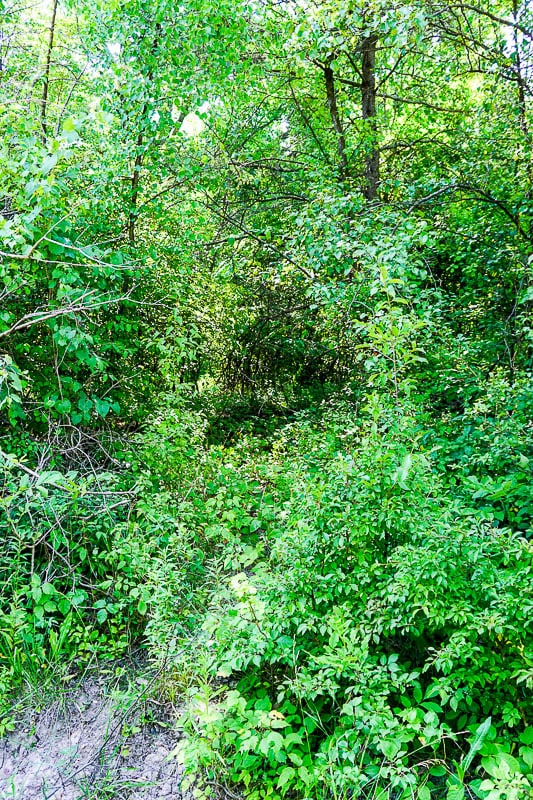
The Final Resting Place of Father Maskell
After piecing together all of the locations that were significant in the story of The Keepers, I dropped my sister off at home in Baltimore County and headed back to my home in the more rural Carroll County. (Side note: Carroll County was where Sister Russell lived until she passed away from cancer in 2001)
I had one more stop to make and it was surprisingly close to my home.
Just six miles from my house is a little cemetery attached to a small old church that no longer offers services. I drove in, without fanfare, and immediately found the Maskell grave.
I read the headstone and photographed the foot stone for Joseph Maskell, remarking to myself on his service in the U.S. Army.
It was then that I realized the dates were all wrong and this must be the resting place of Maskell’s father. Once I realized this was a family plot, I looked closer at the headstone and found what I was looking for on the other side.
Still showing signs of his body being exhumed in February 2017, I could make out the outline of the grave and the inscription on the stone.
In that moment, I felt such profound sorrow. It was such a small, unassuming grave – very easy to miss if you weren’t looking for it. And underneath that mound of dirt was a man slowly returning to earth. A man represented simply with the following:
Rev. A. Joseph
1939 – 2001
Ordained May 22, 1963
Staring at the engraving, I was reminded of the well known poem, The Dash, which is meant to inspire us to make all the years in between our birth and death meaningful. Instead I couldn’t help but think of all the suffering and utter devastation caused by this man’s dash.
Why I Journeyed Through The Keepers in Baltimore
When I started on my quest to feel connected to this case, it wasn’t because I was a gawker or a sleuth or anything of the sort. And I certainly didn’t want to bring any disrespect to any of the parties of location involved. I simply wanted answers and justice for everyone touched by this story and I wanted to gain perspective.
What struck me the most about the story told in The Keepers is that this happened in my own backyard. Just a few miles from my house and my sister’s house. While I wasn’t alive when it happened, it was in the news so many times over the years and yet I never heard the story. No one in my family had.
I think of how many stories like this must be hidden all over this country. We owe it to the victims in this story to hear their story and support them in whatever way we can. And we owe it to our own communities to stay vigilant so that it doesn’t happen again.
This post is part of my monthly contribution to the Netflix #StreamTeam. All thoughts and opinions are my own.

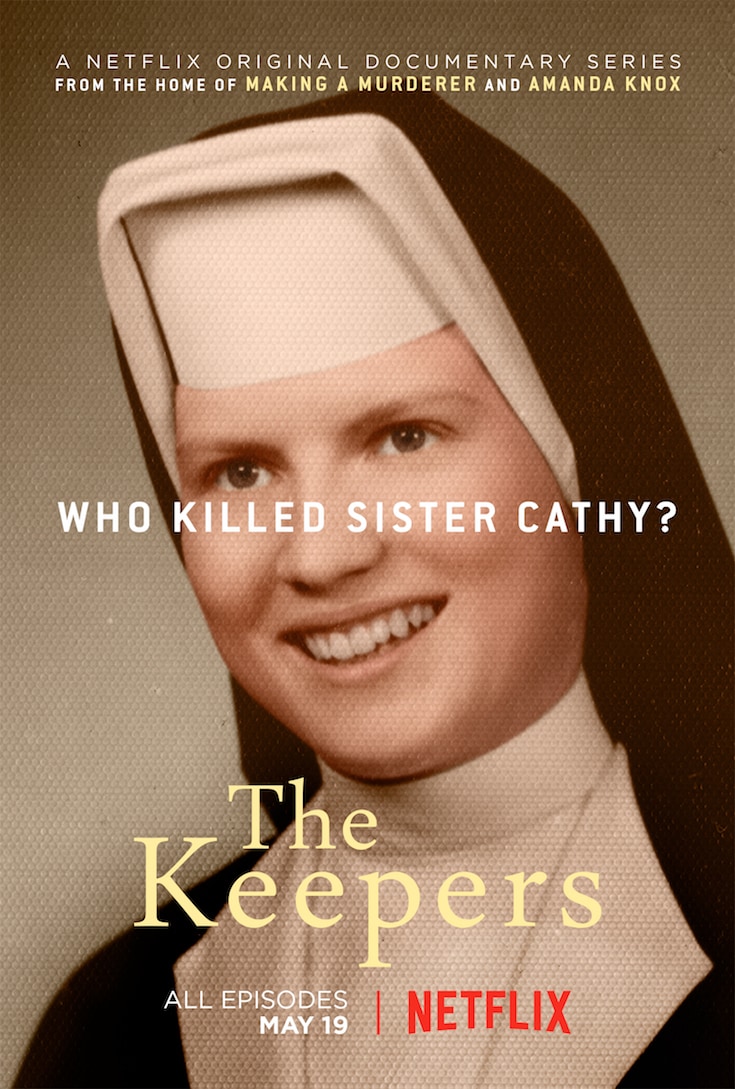
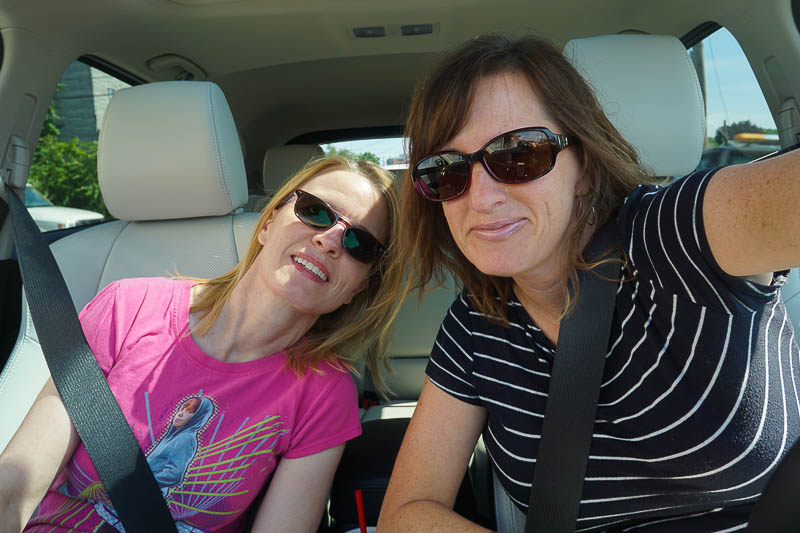
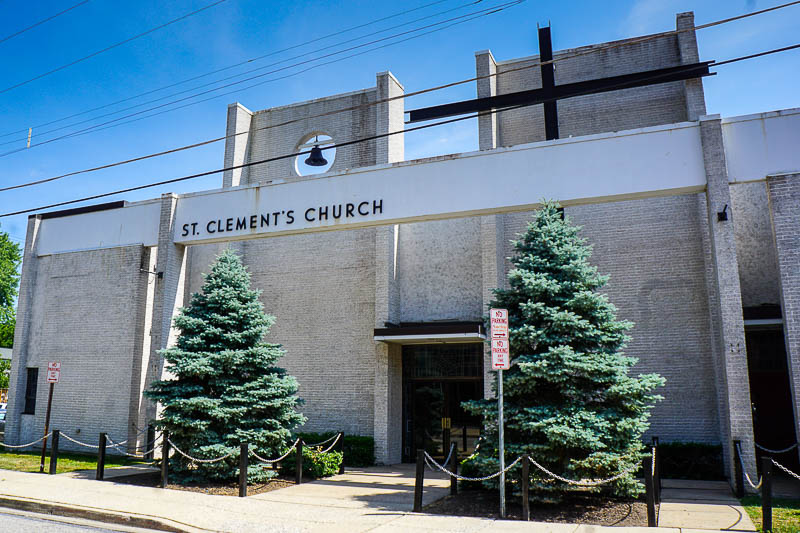
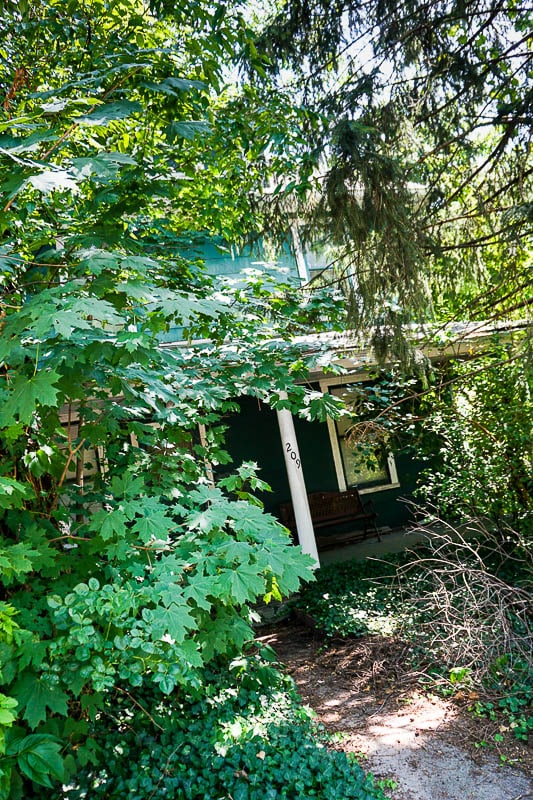
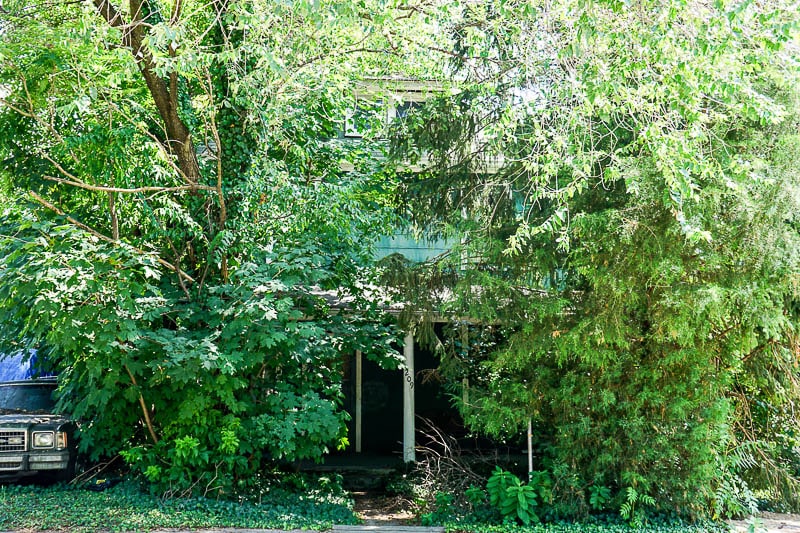
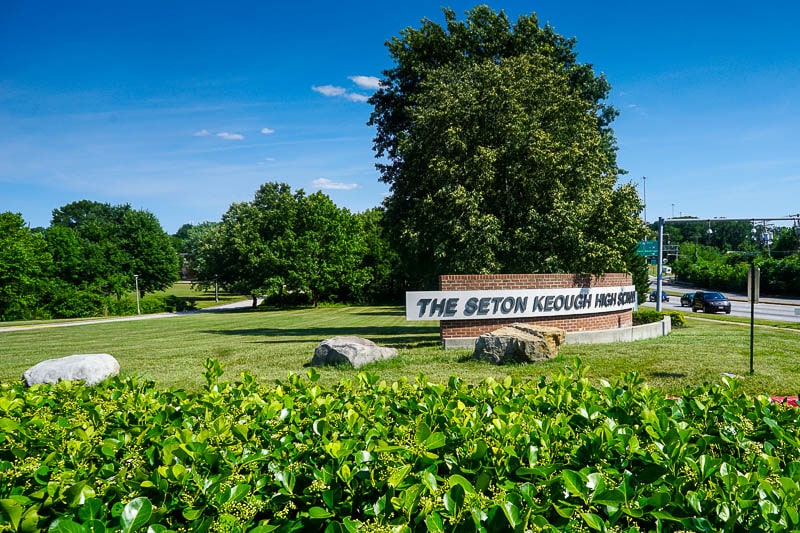
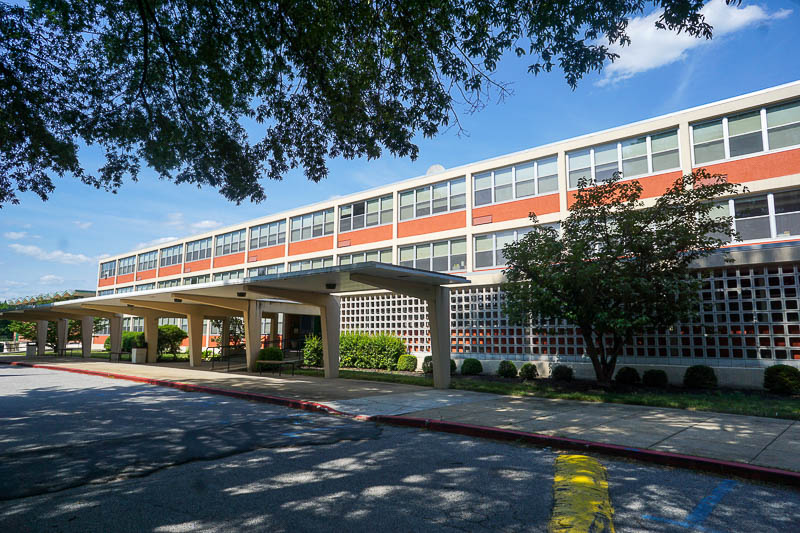
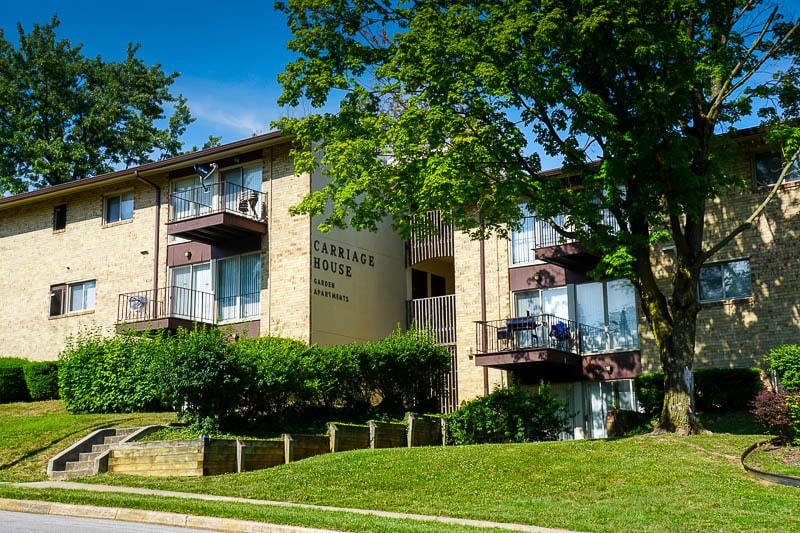
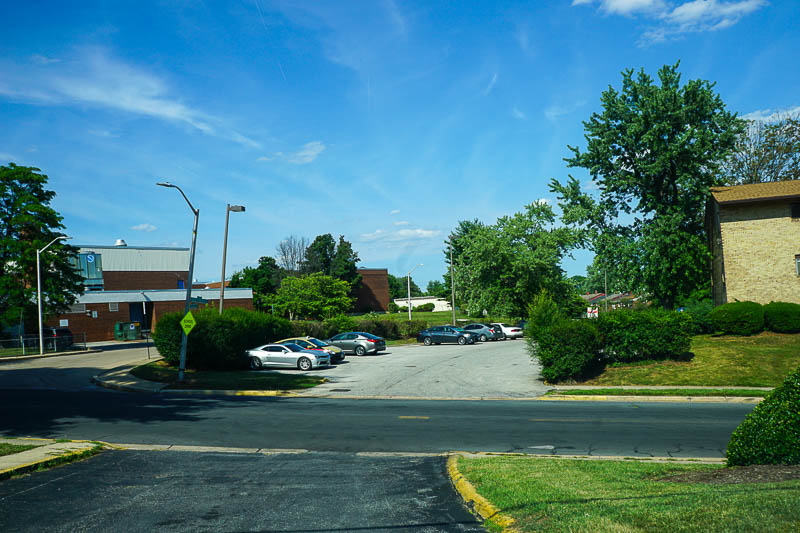
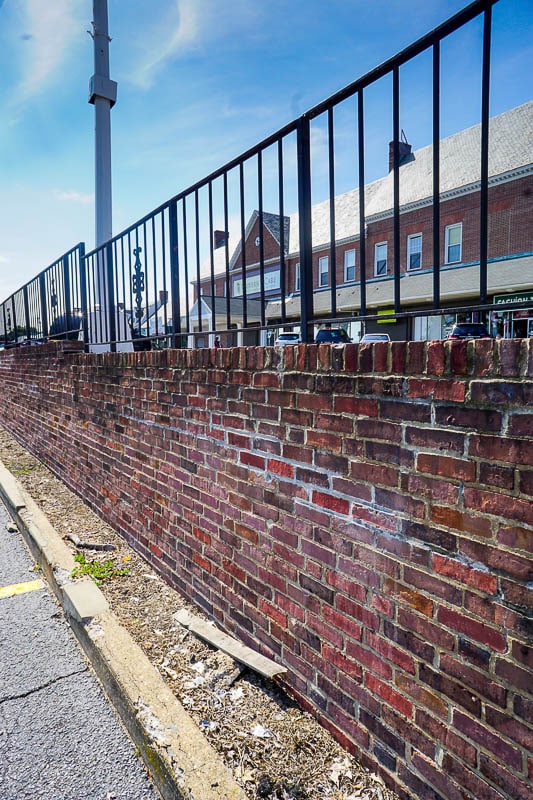
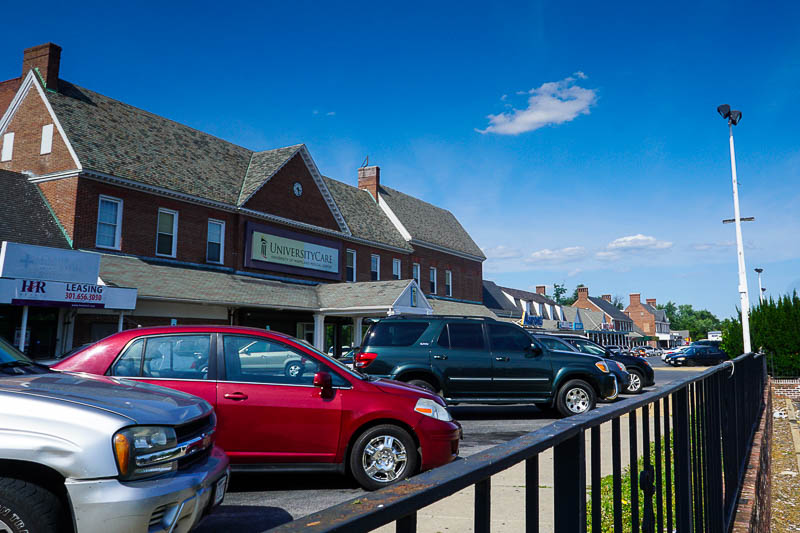
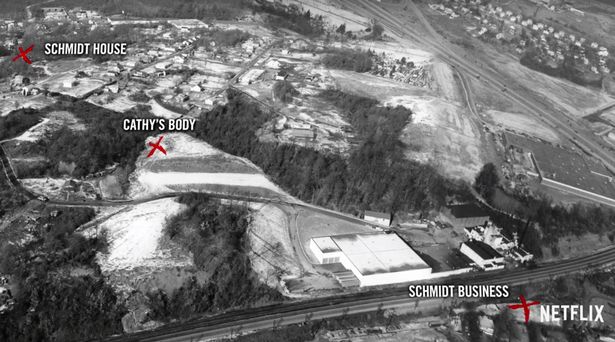
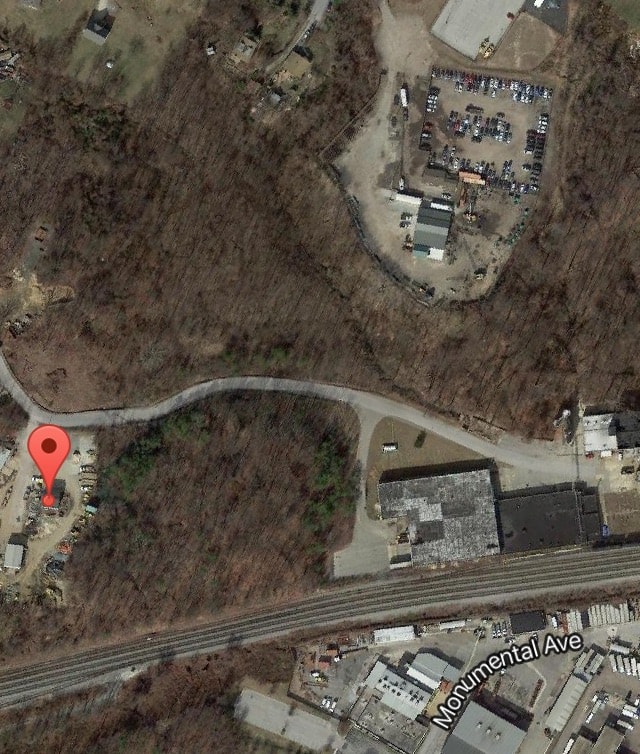

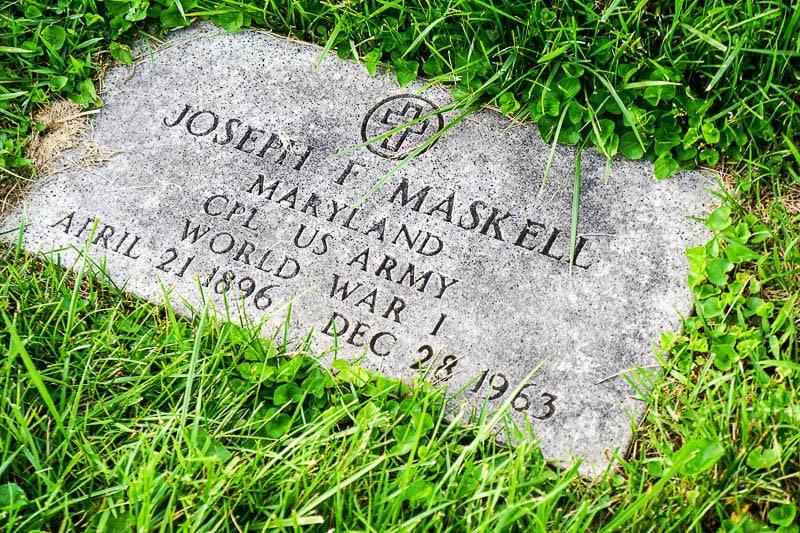
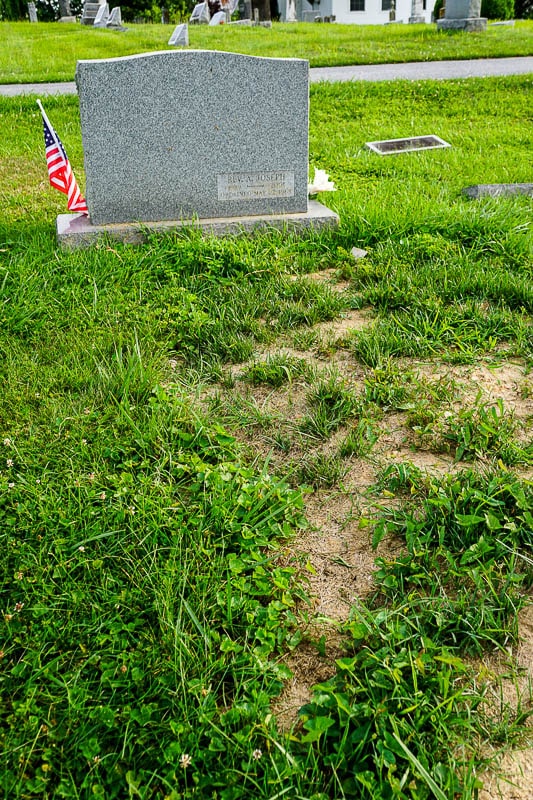
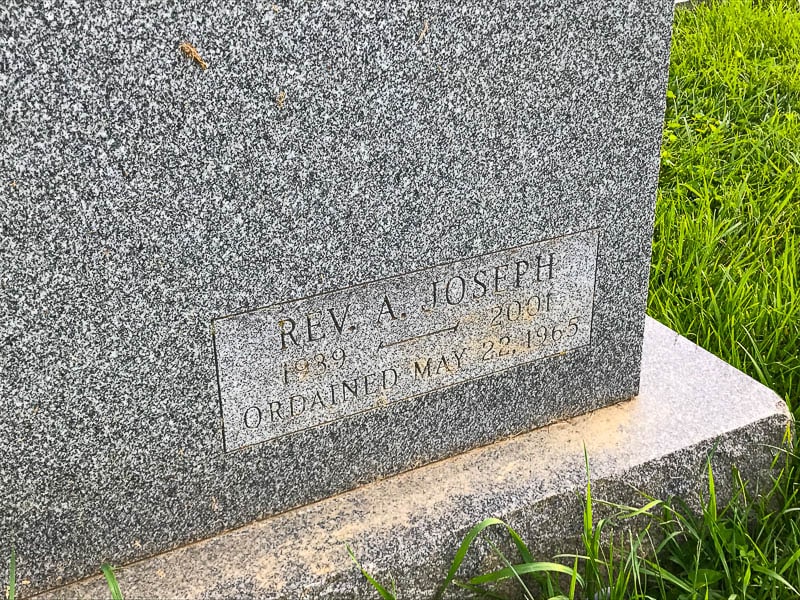

17 comments
I’ve lived in the Baltimore area all of my life, and I worked at Seton Keough from 1999 to 2001. It made me feel ill to discover that I had sat across from the principal in the same office where Maskell did unspeakable things. The entire series made me heartbroken and angry, and for many Catholics I know it is yet another unanswered crime by a “man of God” that they must reconcile with their faith. It was so bizarre to watch the series and recognize many of the places.
I’m a little surprised that Maskell’s grave isn’t defaced, although I suppose that speaks to the general goodness of people. This was a provoking post, Fadra, and done tastefully and with respect for the victims.
I cannot believe you sat in the same office. I don’t know how I would feel about that. But like you, I was surprised that his grave was not defaced. I don’t think he deserves that because I think he’s already receiving his punishment for his heinous acts.
What broke my heart was seeing the date of his mother’s death and knowing she was alive to see all of the allegations against him. Honestly, I’m thankful for stories like these. It’s important to keep some memories alive and to make sure that others are never forgotten. Thanks for reading.
I haven’t watched the show yet, though it’s tempted me many times. Now, after reading your post and seeing the pictures of the actual places, I’m even more intrigued.
It is literally one of those shows that you want to look away but you just can’t. It’s unbelievable simply because IT’S ALL TRUE. The murder is horrific but the true story here is the repeated sex abuse that went on under everyone’s noses.
So sad! Several years ago, a well-known mother and her infant daughter were found dead in their family pool. Believed by locals to be murder, it has gone unsolved (or, truly, nobody has pursued it). I had contacted Ann Rule about it at the time and suggested she write a book about it, which she said she’d love to do when it was solved. I think the unsolved cases are the worst because there is no closure for the families involved.
BUT… often writing about these cases brings them to light again and puts pressure on those that know something. I listened to a podcast called Up and Vanished about an unsolved case in Georgia and THE CASE BROKE during the podcast! Two suspects have now been arrested over a decade later.
Wow! That’s awesome – and you’re totally right. Unfortunately, Ann Rule passed away and can’t dig into the story and open it up. Remember that show Unsolved Mysteries from the 80’s? I wish that show were still on because I’m guessing a lot of cases could be solved that way also.
I realize that this article is several months old, but I live a couple doors down from the former St. Clements rectory, and want to update you about the property. When my husband and I moved to the Lansdowne, MD neighborhood in 1993, the house was owned by a family whose matriarch was the principal of St. Clement School (now Sisters Academy). I can’t find any records that show whether they were the first owners after the priests, though. The family kept the house in very nice condition; I remember that one of sons used to tend the garden in front of the home, which was beautiful. My understanding was that the owners put the house up for sale shortly after we arrived, because they needed a one-story house that was easier to get around in as they aged.
The property then was bought as an investment by a man who lived in Arbutus. The lady living next door to the rectory at that time told me that the man’s parents forced him to buy the place just to get him out of their house. He never actually moved in. The amateur slumlord’s intention was to turn the house into several apartments and rent them out, but he wasn’t allowed to because of local ordinances. That’s when the place fell into total disrepair. This absentee landlord inherited his parents’ house when they died, and only visits the rectory a few times a year to store junk in it. We complained about the untagged vehicle parked in his yard, and he had it registered as an “historic” vehicle by the State of MD!
My husband and I, along with several other neighbors, have made repeated complaints to Baltimore County for code violations, but nothing has been done over the years. My neighbor took the guy to court a few years ago, and he was fined $1000, but the county waived the fine. So that is why the place is such an eyesore. I feel bad for the residents of the senior apartments across the street, having to look at that hovel every day. Even the notoriety gained by its exposure in “The Keepers” hasn’t changed anything.
Oh, and my Mother-in-Law was a patient of Dr. Franz. She said that he was a very nice young man and was absolutely stunned when he and his wife (who was his assistant or receptionist – I forget which) were arrested on drug charges. They were turned in by another employee. His addiction troubles all make perfect sense now. I wish him all the happiness he deserves.
Thank you for sharing this! It’s so odd that out of all the houses in the neighborhood, this one is the eyesore. It’s such a shame when one house has to stand out like that amidst an otherwise lovely neighborhood. I guess the only consolation is that the trees are beautiful!
I really appreciate you adding to the story and sharing your thoughts about Dr. Franz as well. Such a sad story all the way around!
I live two doors down from the rectory. Our house was built in the late 1930s, and my husband and I are only the third family to live there. My friend Betty’s cousin – who is in his 80s – is a member of the first family to live there. At that time, the house between the rectory and his/ours hadn’t yet been built. Mr. G. remembers playing in the backyard as a child and seeing the priest (don’t know which one it was) sitting and watching him through the window, drinking beer. I have a photo of the street with a great view of the rectory (and our house), which dates to the early 1940s. Is there some way that I could post it here, or send it to you?
Coincidentally, I just snuck (sneaked?) over to the rectory backyard to identify a tree growing there – I was afraid that it was a non-native species that has recently been identified a host plant for a very destructive insect. Luckily, it’s just a black walnut. I pulled out some neglected bearded iris while I was there, to add to my garden. The west side of the yard is a poison ivy garden.
After years of research, you have a lot wrong. Franz said it was 1967 that his mom went to the AOB to say they had a sicky on their hands and then he stated he was let go from St. Clements. Maskell didn’t leave till 1968 and came back in 1970 to live and co-pastor again while working full-time at Keough in 1970-1975. Prior to that he worked at Keough part-time. His wife’s cousin is Debbie Yohn, Edgar’s niece and Charles lived next door to Gemma. A lot of what you heard from “some” of these people is made up. You should research things before you post an article.
Hi there – I appreciate you stopping by. This is not long form journalism. This is a blog and this blog post is about the locations specifically mentioned in the documentary, “The Keepers.”
Would you happen to have any sat lat/long cords for these sites? I grew up in Baltimore, and a family friend was one of his victims
I don’t. I really just did a google search (with terrain maps) to figure out all of these locations!
Hello,
Do you know the address of the abandoned,, overgrown rectory you have a photo of?
thanks,
Steve
I watched the keepers a few yrs go now & i still find myself going back to different chapters feeling i have missed a clue orr hearing somebodys awful story its so heart breaking ‘ i completely didnt know about that house ( the old rectory ) .
I enjoyed reading your attacle fadra , your writing come across so warm & honest really lovely photos as well Xx ☘️💚